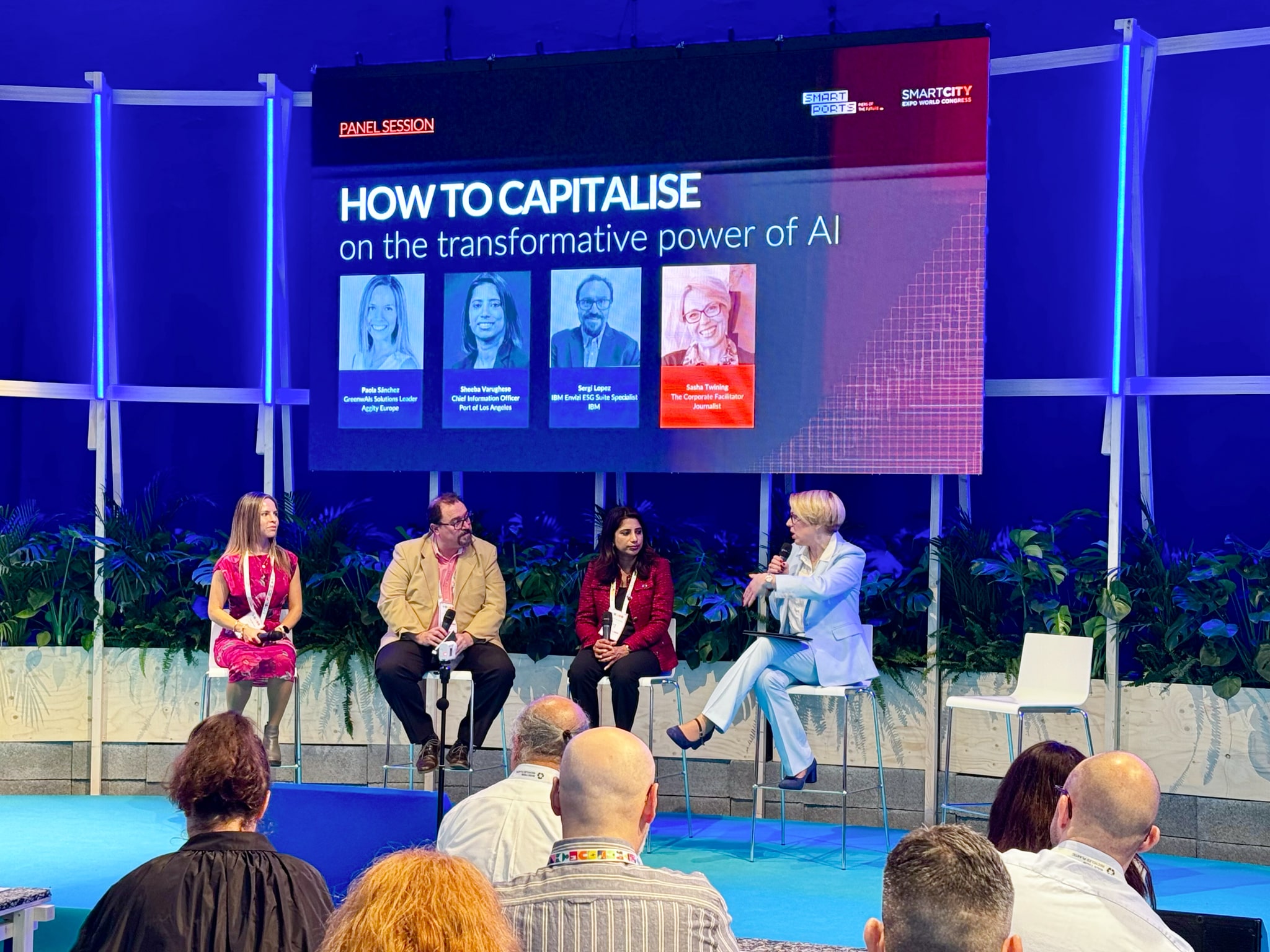Benefits of human resources automation

HR automation is essential to increase efficiency and free employees from repetitive tasks so they can focus on higher-value tasks. In this way, employee satisfaction is improved and smart talent management decisions can be made.
Tabla de contenidos
ToggleDiscover how HR automation can transform your business and improve efficiency.
Human resources automation is impacting different areas within companies. Considering automation in digitalization projects talent management digitization projects will allow improving different aspects ranging from talent acquisition to performance management and professional development.
As in any process that you want to introduce in the operation of a company, when implementing automation tools for HR the main thing is to conduct a preliminary study to assess the needs to be covered and to know what is the status of existing processes.
The main objective of these reports is to optimize HR processes and for this to be effective, it is essential to map the processes and determine where the implementation of automation solutions would have the greatest impact.
Selecting the right technology
Once it is known where the implementation of these automated HR information systems will benefit the most, it will be necessary to determine which tool is best suited to the needs to be covered. The BesTalent IA by aggity platform enables companies to optimize and deploy their talent management and HR strategy with secure process automation.

A common mistake that is made is that companies opt for a HR management software that does not meet their requirements, either because they are not scalable, because they do not integrate correctly with the organization’s existing systems or because they do not provide an adequate user experience. These three elements are the most important to consider when choosing between the different technologies available on the market.
Training
User experience is also a key aspect. When choosing any human resources technology, it is essential that users take as little time as possible to adapt to the new solutions. In this way, the productivity of the HR department is not affected. But even so, it is always important to provide employees with adequate training on the use of the platform so that everyone feels confident when it comes time to use it.
Once the platform is operational and employees have become accustomed to its use, it is advisable to monitor its use. This will make it possible to gather feedback from users of the platform and see where the greatest difficulties are encountered. In this way, processes can be continuously improved.
Automation of repetitive tasks
Although the vast majority of companies already have workforce management solutions in place, many tasks are of little value and slow down the HR department. For this reason, repetitive and low-value tasks should be the first to be covered by HR automation. HR automation .
Among the first processes that are usually automated are those related to payroll and leave or vacation management. Automating these processes, in addition to allowing employees to focus on higher-value tasks, significantly reduces the risk of errors and streamlines payroll administration, leave management or tax filing.
In addition, the incorporation of human resources automation tools will help attract and retain talent in the organization. Incorporating automated talent management makes digital onboarding platforms much more efficient. By automating the publication of job offers, the selection of candidates, the scheduling of interviews or the evaluation of resumes, all these processes are accelerated with the guarantee for HR teams that they will choose the profiles that best fit the needs and culture of the company.

The role of AI
Finally, the incorporation of artificial intelligence in human resources is also enabling these platforms and solutions to incorporate particularly valuable enhancements for evaluate employee performance, measure their performance The company has also been able to measure employees’ performance and their degree of satisfaction with the work they do. In this way, error detection is accelerated and data-driven intelligence is incorporated into decision making to correct errors while improving the employee experience and fostering a culture of transparency within the organization.
Últimos posts

aggity strengthens its commitment to sustainability as a SILVER partner of “Fundación Empresa & Clima”.

aggity participates in the IBM Ecosystem Summit 2024 with an applied case of Generative AI in the food industry

Aggity, together with the multinational Fortinet, present an exclusive event in Lima on the application of Generative AI in Corporate Cybersecurity.

aggity participates in Smart Ports: Piers of the Future

aggity Supports the Contigo Foundation at its Annual Dinner

Challenges and Opportunities of Generative AI in Industry: Our Experience at BNEW

Official Liferay Partner in Spain





